Buyer's guide to roof blinds for lofts and glazed extensions
Control the light, shade the space and add that final flourish to your room – things are looking up, with the ideal blinds for your loft or extension
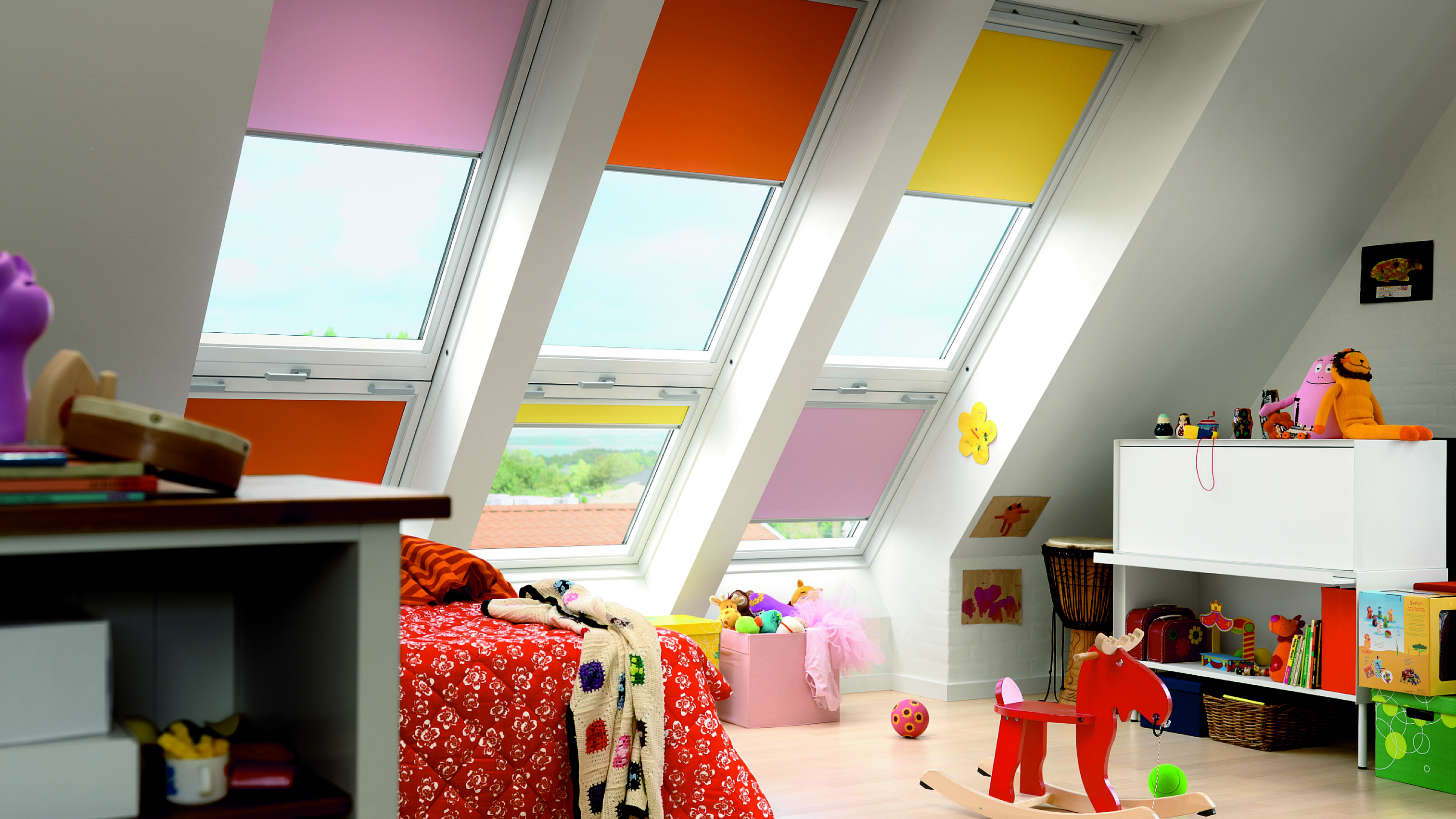
Extensions and loft conversions are a fantastic way to gain extra space in your home but all that extra glazing requires clever window treatments, in the form of blinds. Although blinds add an extra cost to your project, they’re a crucial element, shading the room and enhancing the decorating scheme. In an extension, blinds will cut out the harsh glare and prevent furnishings from fading due to the sun’s UV rays. And in a loft bedroom, the right blinds will block out light and prevent the room overheating so you’re sure of getting a good night’s sleep.
Read on to find out about window treatments for your loft or extension roof. Find more window treatments ideas on our dedicated hub page. Find out more about extending and loft conversions, too.
Ready made or bespoke roof blinds?
Off the peg blinds come in sizes to match the window brand – just locate the window code, usually found somewhere on the inside of the frame, and you can order a blind and be sure it will fit.
Blind companies have online video guides advising how to install them. If you can’t find the window details, measure the glass and blinds can be made up to suit. Although you’ll pay more for bespoke blinds, there’s far more choice in type, style, colour and pattern, plus you can arrange for them to be installed and avoid the hassle of fitting them yourself.
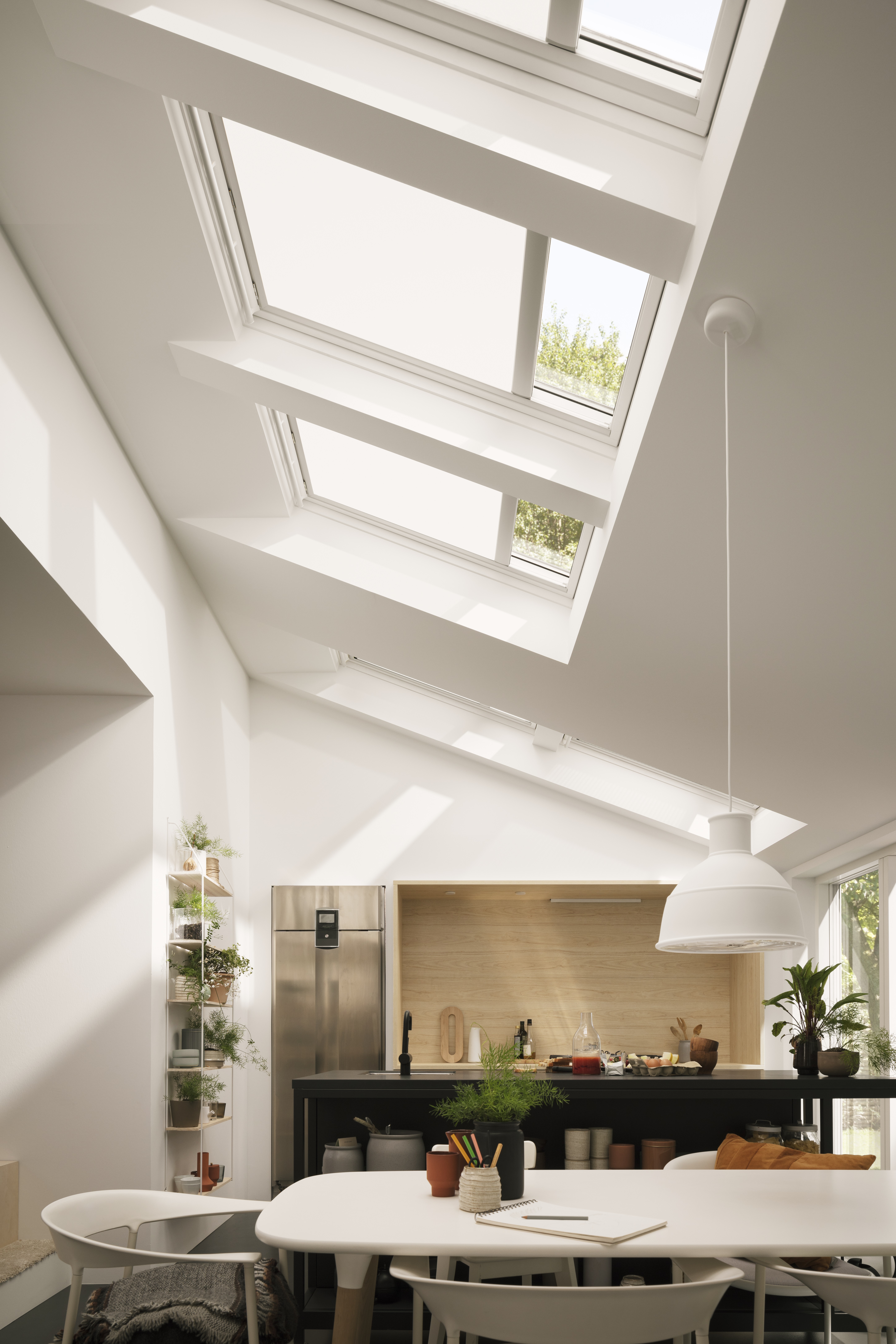
Remote controlled electric roller blinds, from £220.80 for a H70cm x W55cm window, Velux
Which type of blind will suit your windows?
Roller blinds are the simplest solution yet they’ve a lot going for them. Discreet yet chic, they’ll keep out the sun and protect against glare. Select white blinds to blend seamlessly with the ceiling or wall, or go for colour and pattern to make a statement.
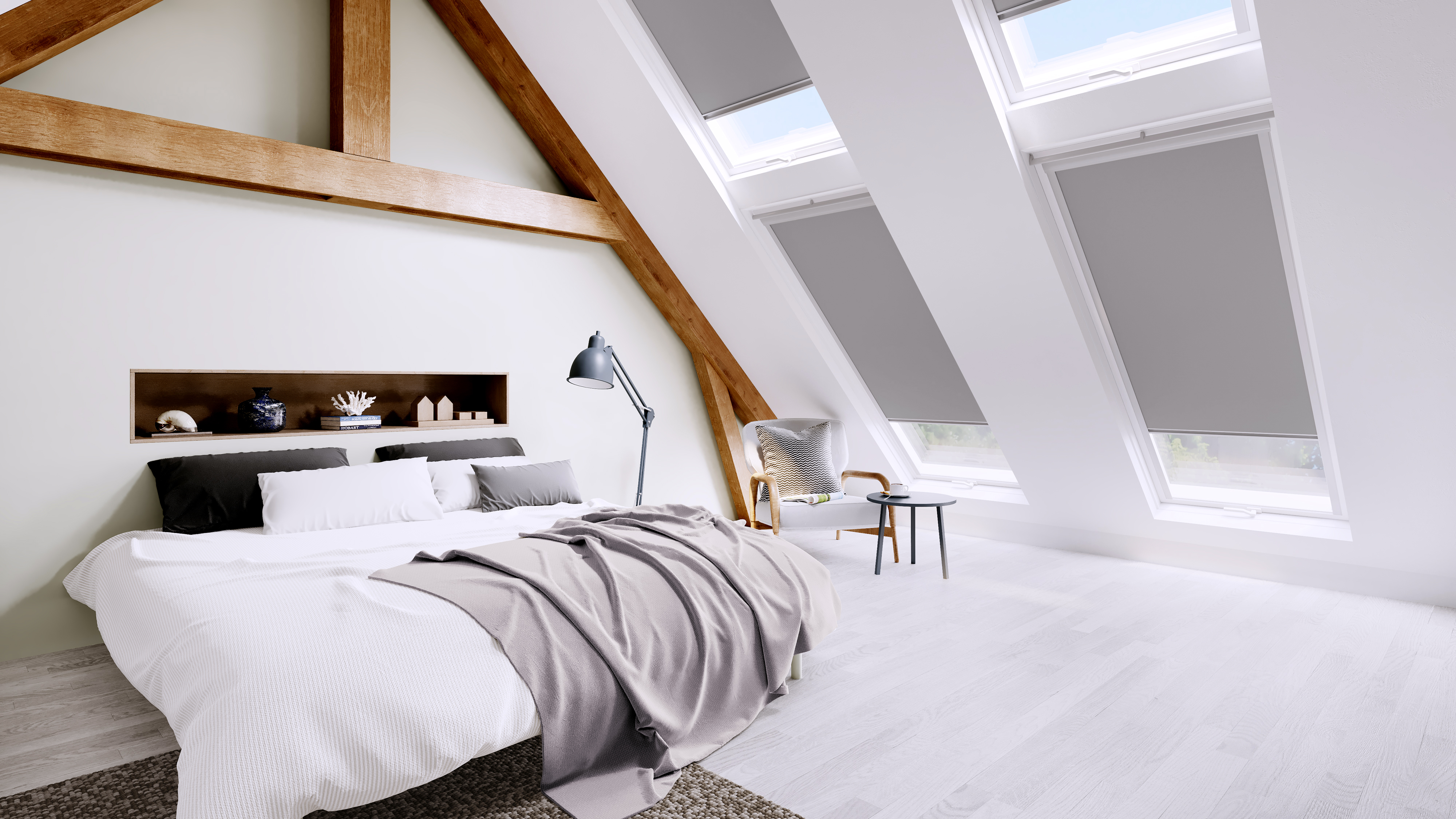
Vitra Blackout Flint roof blind, to fit a Fakro 13 window, H141cm x W60.3cm, £84.65, Direct Blinds
Pleated blinds have a softer appearance than rollers, allowing light through. Those with single pleats such as Plissé are supported by wires running across the blind. Blinds with double pleats such as Duette have a honeycomb design, trapping air between the two layers for an insulating effect, helping to keep the room warm. Pleated blinds come in a wide choice of colours, patterns and textured finishes.
Venetian blinds are a great choice for any room and aluminium roof blinds are particularly good for bathrooms since they’re moisture resistant. Open them fully or just tilt the slats as the day progresses to shade the room.
Look out for designs with a special coating on the concave side of the aluminium slats to keep out the cold in winter and reduce heat in summer.
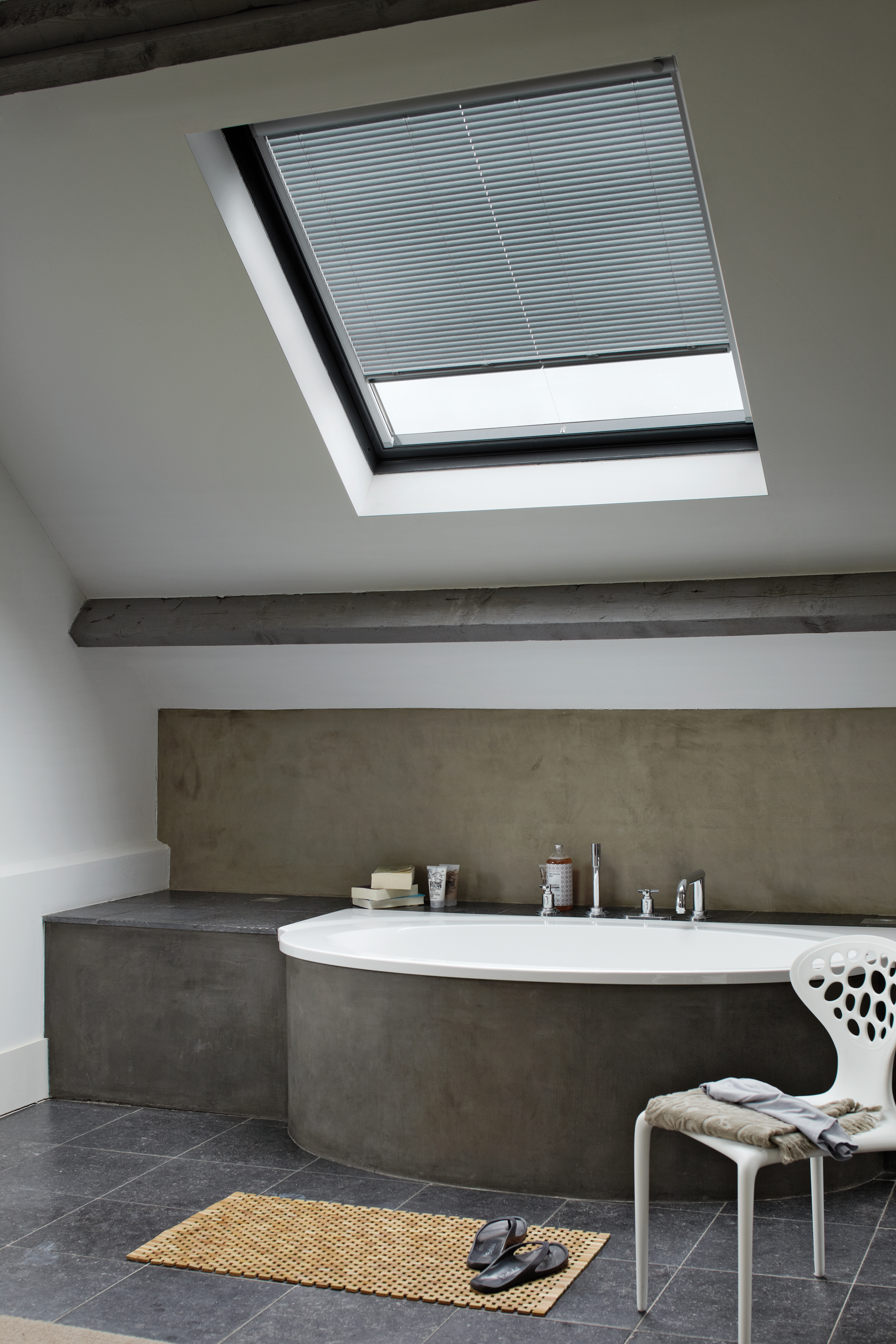
Venetian 25mm Skylight Blind in 2385 Thermostop, £260 for size 100cm x 100cm, Luxaflex
Roman blinds, which fall into large soft pleats when closed, bring an extra element of furnishing to a room. Select semi-transparent or opaque fabrics. Velux’s range comes in a choice of 20 fabrics.
Pinoleum blinds are the natural choice and have long been popular for conservatories. Made from fine strips of wood, woven together, they’re available in a range of colours and create a soft, dappled light effect.

Tailor-made pinoleum blinds, from £140 per sq m, including installation, Interiors by Vale. Conservatory from Vale Garden Houses
How the right blinds can ensure a good night's sleep
Blackout blinds are a must for light sleepers. They have a coating that prevents any light transferring through the fabric. If the blind is fitted within a cassette and frame, side rails block light from sneaking around the edges, ensuring complete darkness. On pleated blinds, the honeycomb structure is lined with aluminium to reflect heat, keeping the cold out as well as the light.
For a more flexible option, consider a two in one blind such as Velux’s Duo system, which includes a white pleated blind as well as a blackout blind in one unit. And, of course, match with blackout curtains.
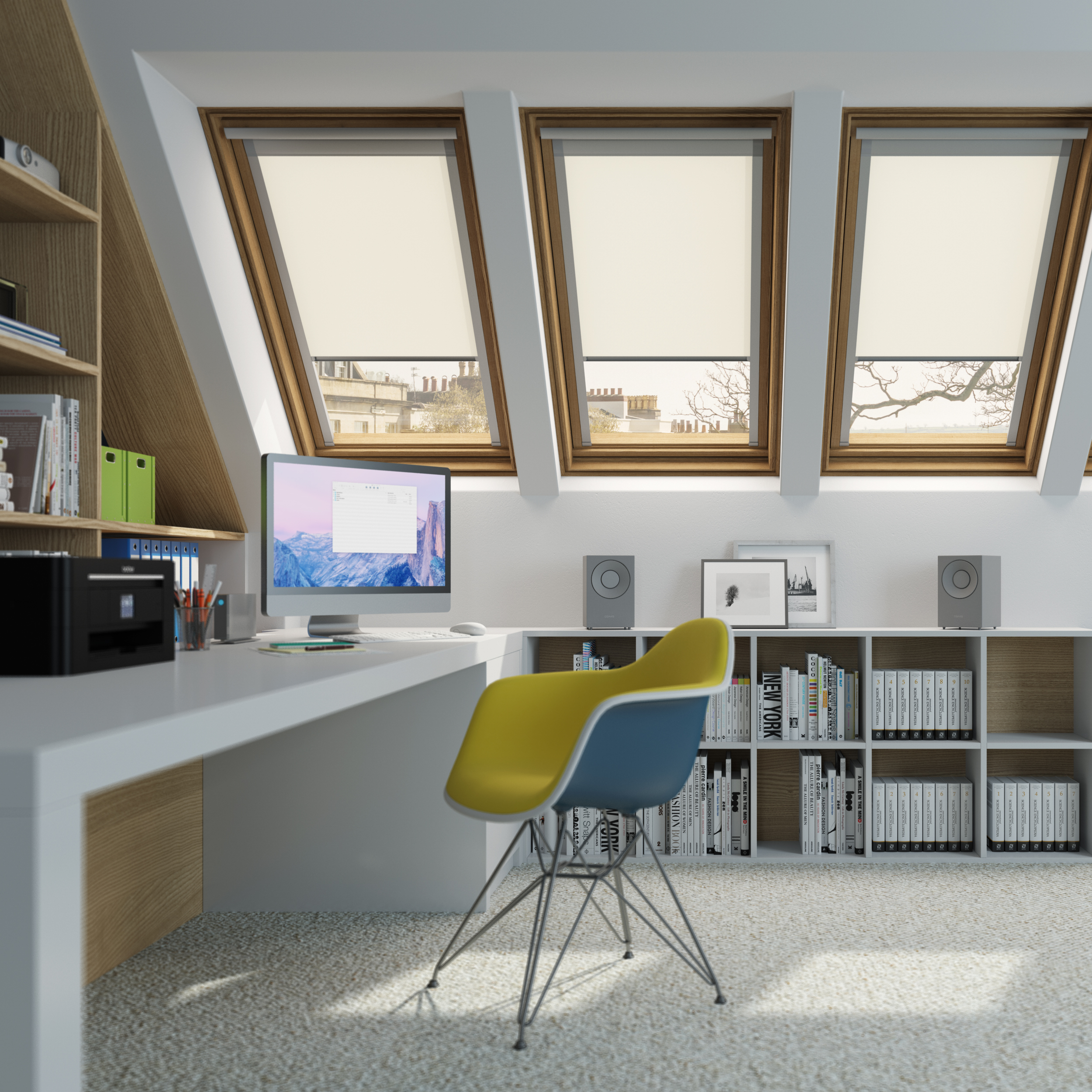
Elements Vanilla Blackout blind to fit a GGL CK04 Velux window, H98cm x W55cm, £33.66, Blinds2Go
Other roof blind options to consider
Awning blinds, made from polyester net, fit to the outside of the window but are installed from inside. Fit them to cut excessive heat from the sun, while still allowing light through.
Insect screens will keep those buzzy summer visitors out of doors where they belong. They’re transparent and can be combined with other blinds.
Roller shutters fit to the exterior of the windows, protecting the room from heat and providing total blackout.
Which blinds to pick for flat roof windows?
Roller and pleated blinds can be fitted to flat roof windows for a neat solution. A solar-powered awning blind, which sits between the dome and the glass, is an option for a room that gets too warm.
Where there’s a larger expanse of glass to cover or a raised lantern with lots of awkward angles, you’ll need a blind that spans the whole area at ceiling height, either fixed within the roof window recess or mounted to the ceiling. The blind fabric is held in tracks either side, and support wires under tension ensure there’s no sagging.
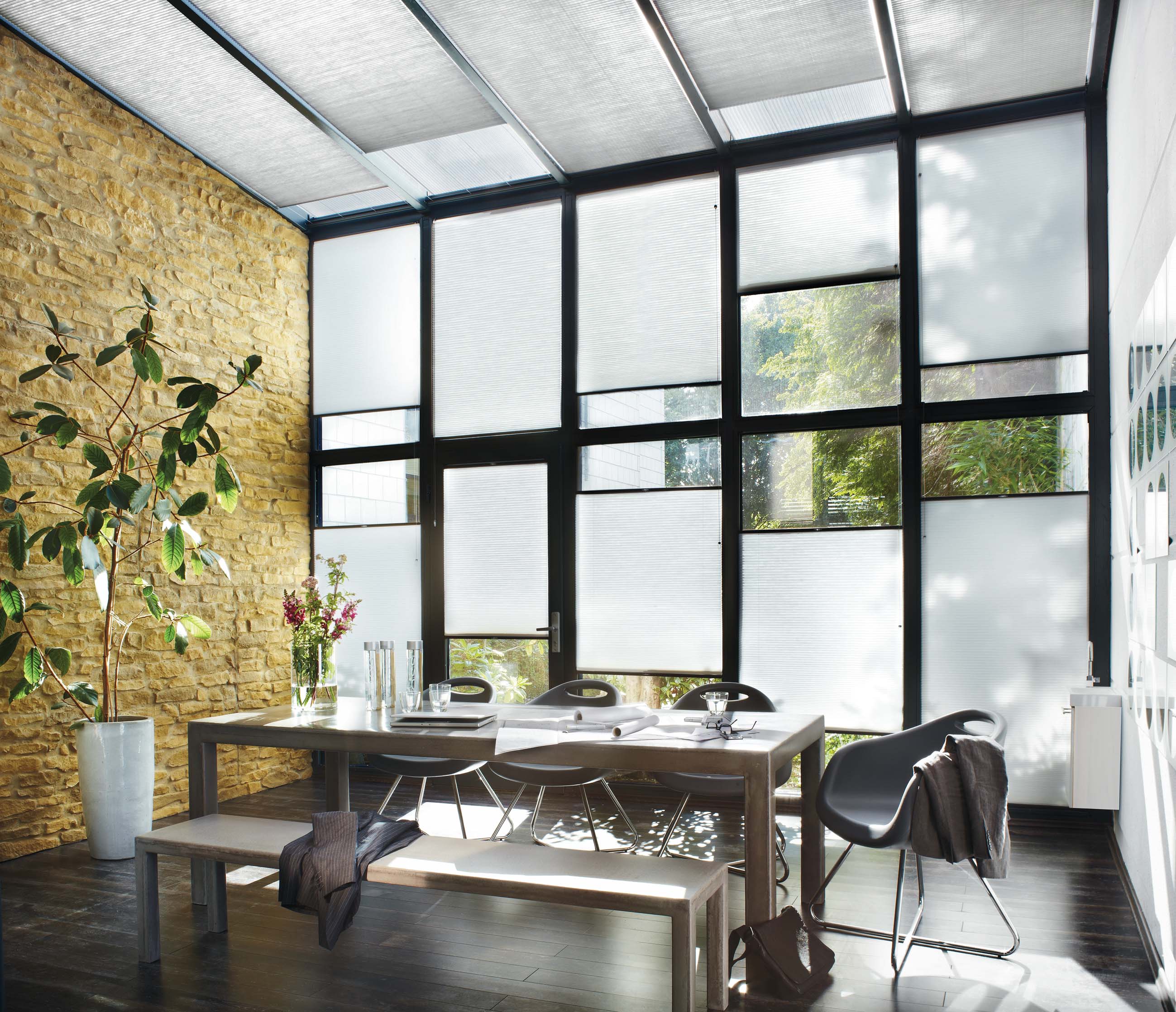
The unique cordless literise system from Duette combines privacy and light control by allowing the blind to be raised or lowered from the top and bottom at the same time. Duette blinds are of a thermally efficient honeycomb design
How to shade a glazed extension roof
Traditional conservatories have substantial frames, so fixing roof blinds is not a problem. In a true glass box extension there’s no frame to fix the blinds to, but if the extension has structural support at the ends, the blinds can be fixed to this, or attached to a slim additional framework. The blinds can run on tensioned cables, with the mechanisms discreetly hidden.
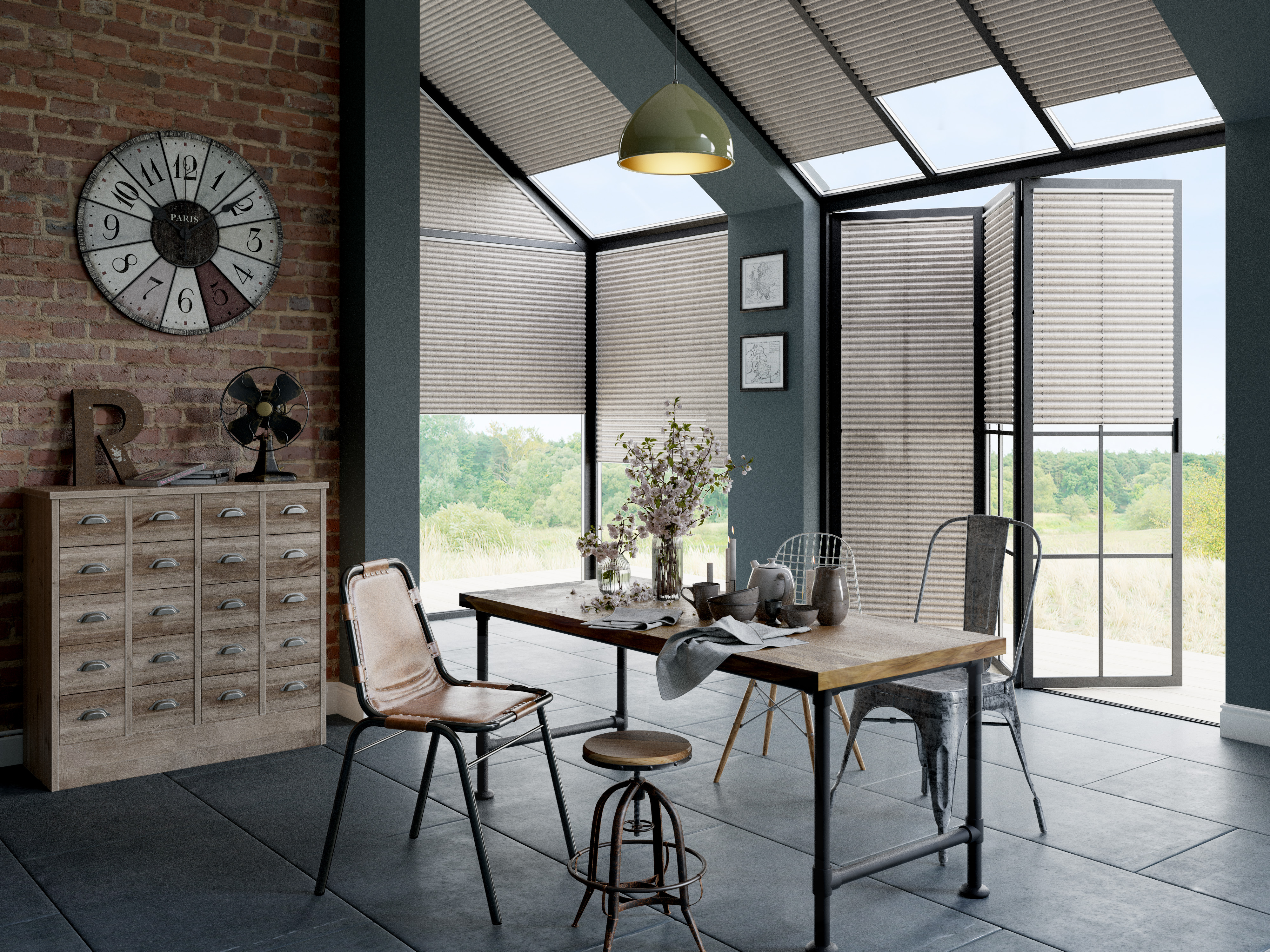
Made-to-measure Duette roof blinds in Elephant Batiste, H150cm x W70cm, £278, including installation, Apollo Blinds
Choosing blinds for gable windows
For windows that reach up into the apex of the roof, a pleated blind can be attached to the angled top of the window which will fan out when lowered. Bottom-up blinds running on support cables can also work well. Among the alternatives are shaped Venetians, triangular roller blinds or shaped shutters. Vertical blinds can run on an angled head rail with vanes at different lengths to fit the window. Find out more at Grand Design Blinds.
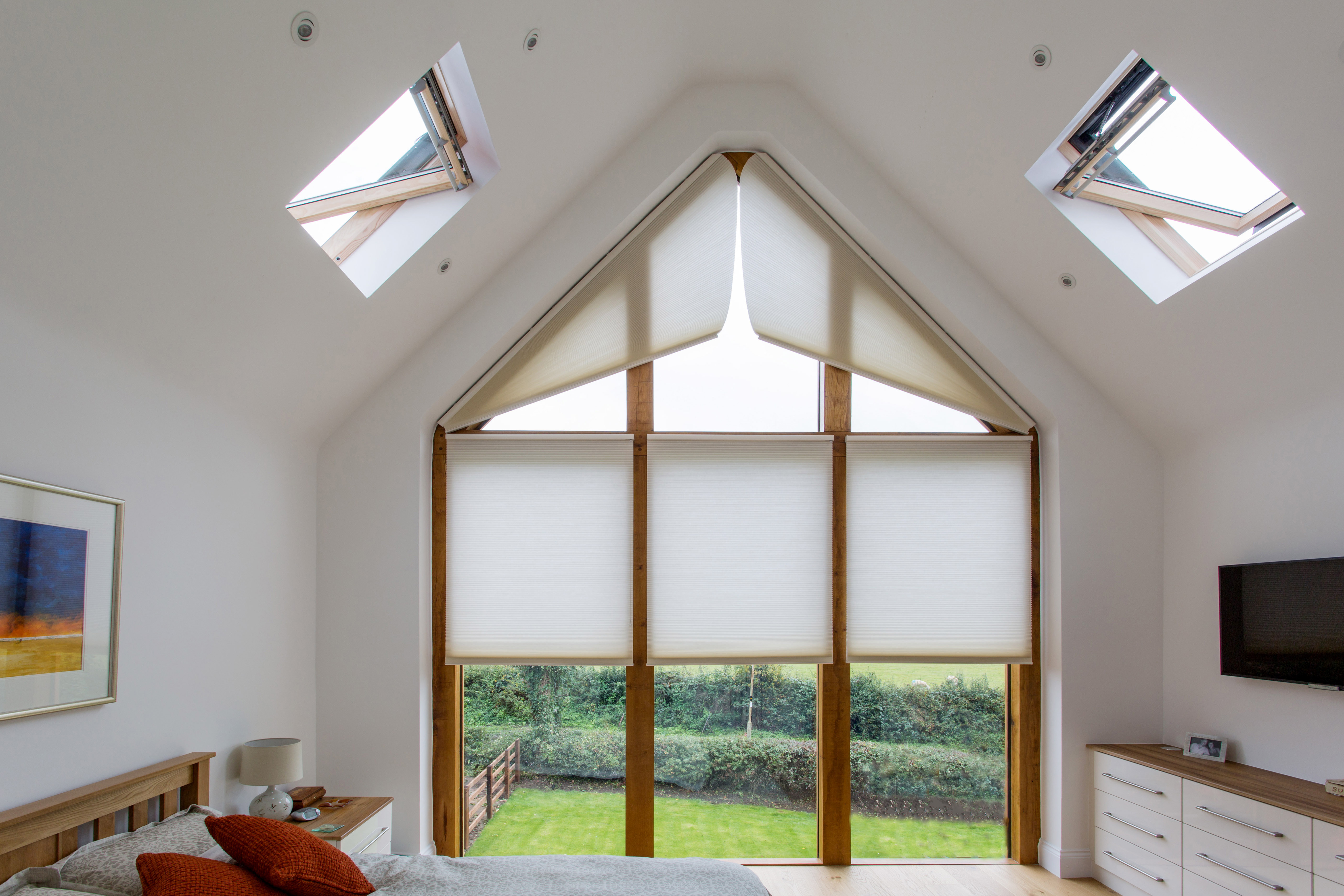
Gable end blinds in an extension by Grand Design Blinds
How do you operate hard to reach blinds?
The low-tech answer is to use a telescopic control rod. Find one at Blinds2Go.
Motorised blinds, either electric or solar-powered, make life easy. They can be controlled remotely by a wall switch or via a smartphone or tablet using an app. Blinds can also be hooked up to a whole house automated system, with sensors opening and closing them according to daylight levels. Or you can put them on a timer to suit your daily routine.
If you’re doing major building works, plan them in as part of your building schedule, so that any cables can be routed into the walls by the electrician.

Blackout roller blinds in Pale Pink 4565, Bright Yellow, 4570, and Orange, 4564, to fit a Velux BK04, H98cm x W47cm window, £132, including installation, Hillarys
More on essential window treatments:
Get small space home decor ideas, celeb inspiration, DIY tips and more, straight to your inbox!